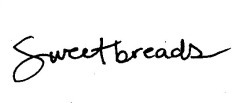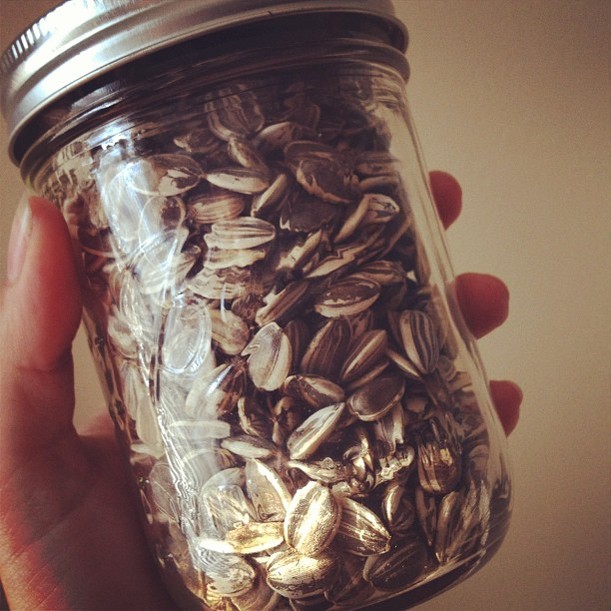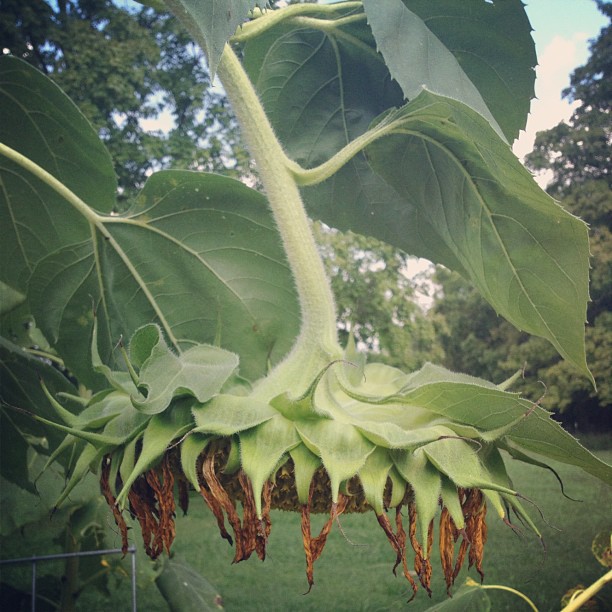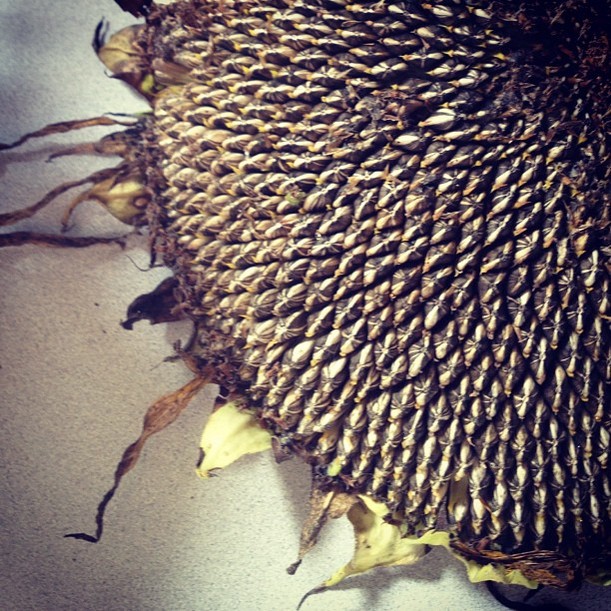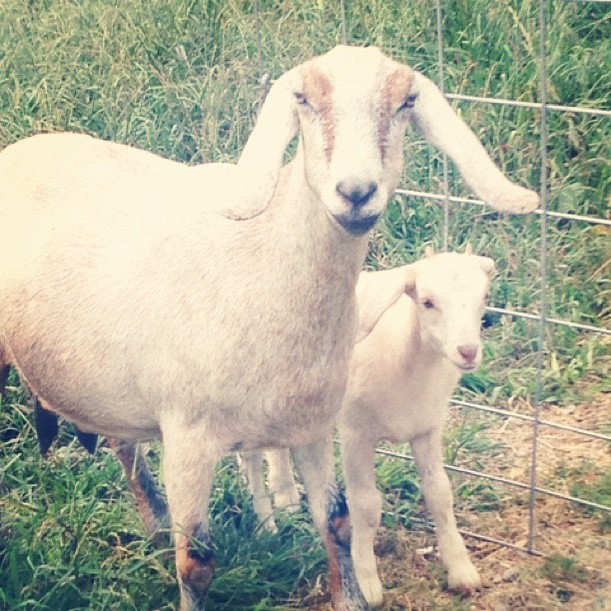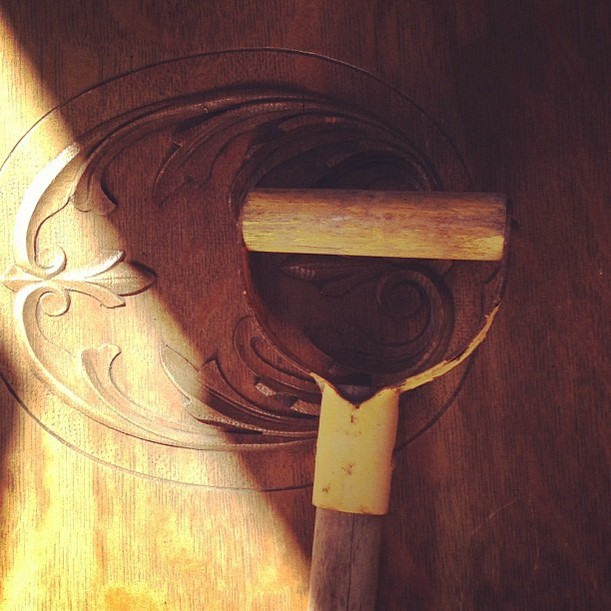 Always many treasures to be found in the "red barn" (aka dilapidated shack).
Always many treasures to be found in the "red barn" (aka dilapidated shack).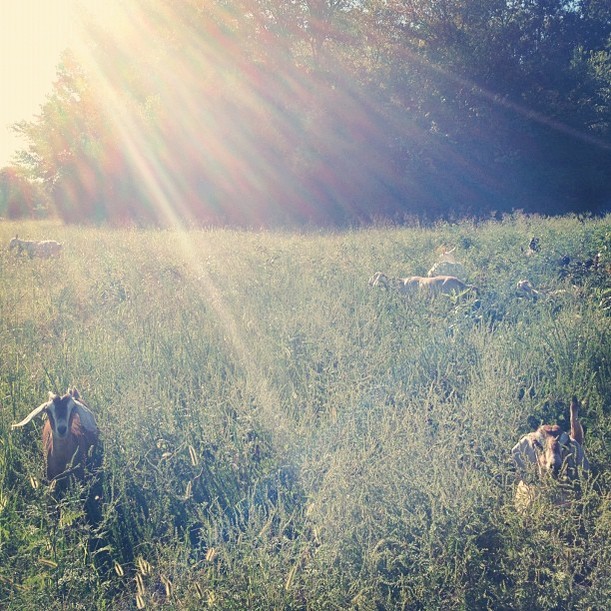 Yesterday was sunny with a high of 70F - the goats loved it! Cooler temps mean happy goats out in the sun chomping on pasture all day.
Yesterday was sunny with a high of 70F - the goats loved it! Cooler temps mean happy goats out in the sun chomping on pasture all day.
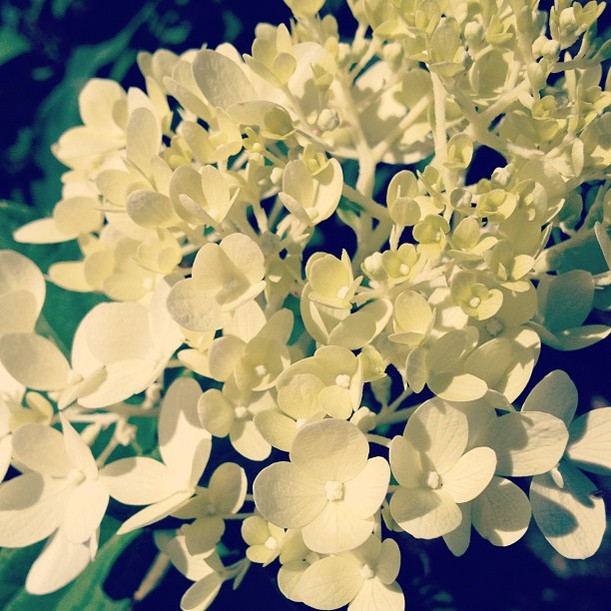 So many of the plants on our farm suffered and almost died in the drought. The hydrangeas had started to bloom right before the 110F days hit... They fried and turned into sad little wispy brown crisps and I was sure they were done for... But they came back! I love how they look as if they could be made from porcelain, or marzipan...
So many of the plants on our farm suffered and almost died in the drought. The hydrangeas had started to bloom right before the 110F days hit... They fried and turned into sad little wispy brown crisps and I was sure they were done for... But they came back! I love how they look as if they could be made from porcelain, or marzipan...
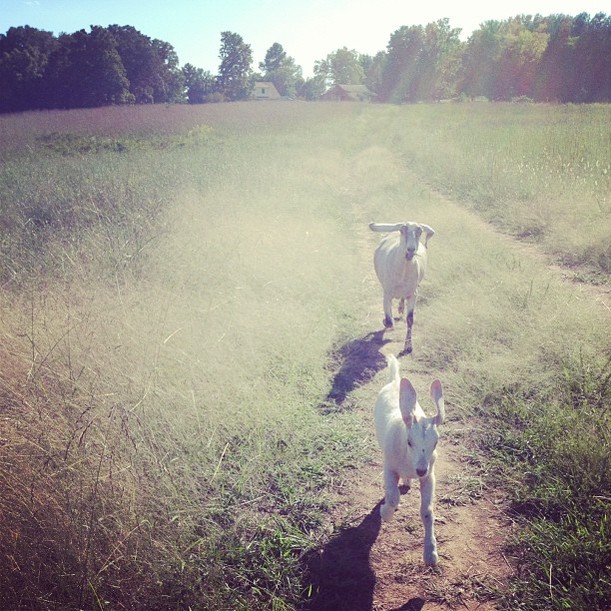 Bridget and Willow, livin' and lovin' every day :)
Bridget and Willow, livin' and lovin' every day :)
 This is just a glimpse of what we were up against in our bramble battle yesterday. The goats uncovered a massive dump pile under what looked like a bramble hill and now the work has begun in earnest to haul the junk out. The "junk" we've found has been everything from gates, telephone poles (with electrical boxes attached), a wagon, a roof, T-posts, fencing... And I'm sure, much much more. Yikes!
This is just a glimpse of what we were up against in our bramble battle yesterday. The goats uncovered a massive dump pile under what looked like a bramble hill and now the work has begun in earnest to haul the junk out. The "junk" we've found has been everything from gates, telephone poles (with electrical boxes attached), a wagon, a roof, T-posts, fencing... And I'm sure, much much more. Yikes!
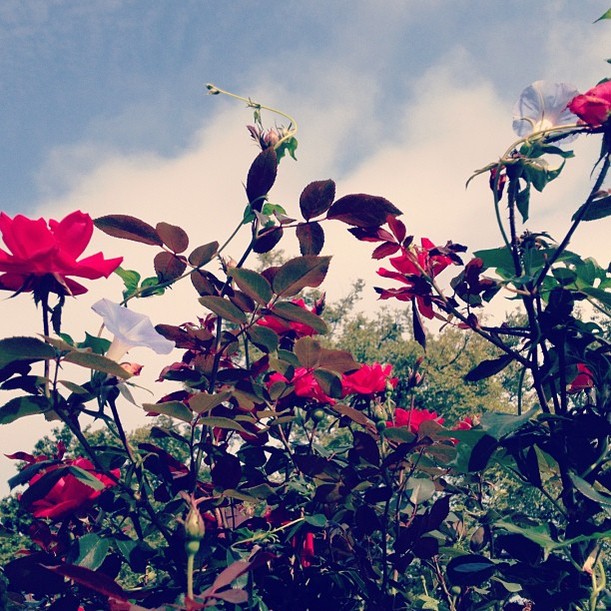 Some wild morning glory vines found their way in and up our rose bushes! ... A reminder that no matter what kind of thorny mess life throws your way, you've got to keep pushing through. There's light and beauty to be had on the other side, if you're willing to suffer a few scratches to get there.
Some wild morning glory vines found their way in and up our rose bushes! ... A reminder that no matter what kind of thorny mess life throws your way, you've got to keep pushing through. There's light and beauty to be had on the other side, if you're willing to suffer a few scratches to get there.
